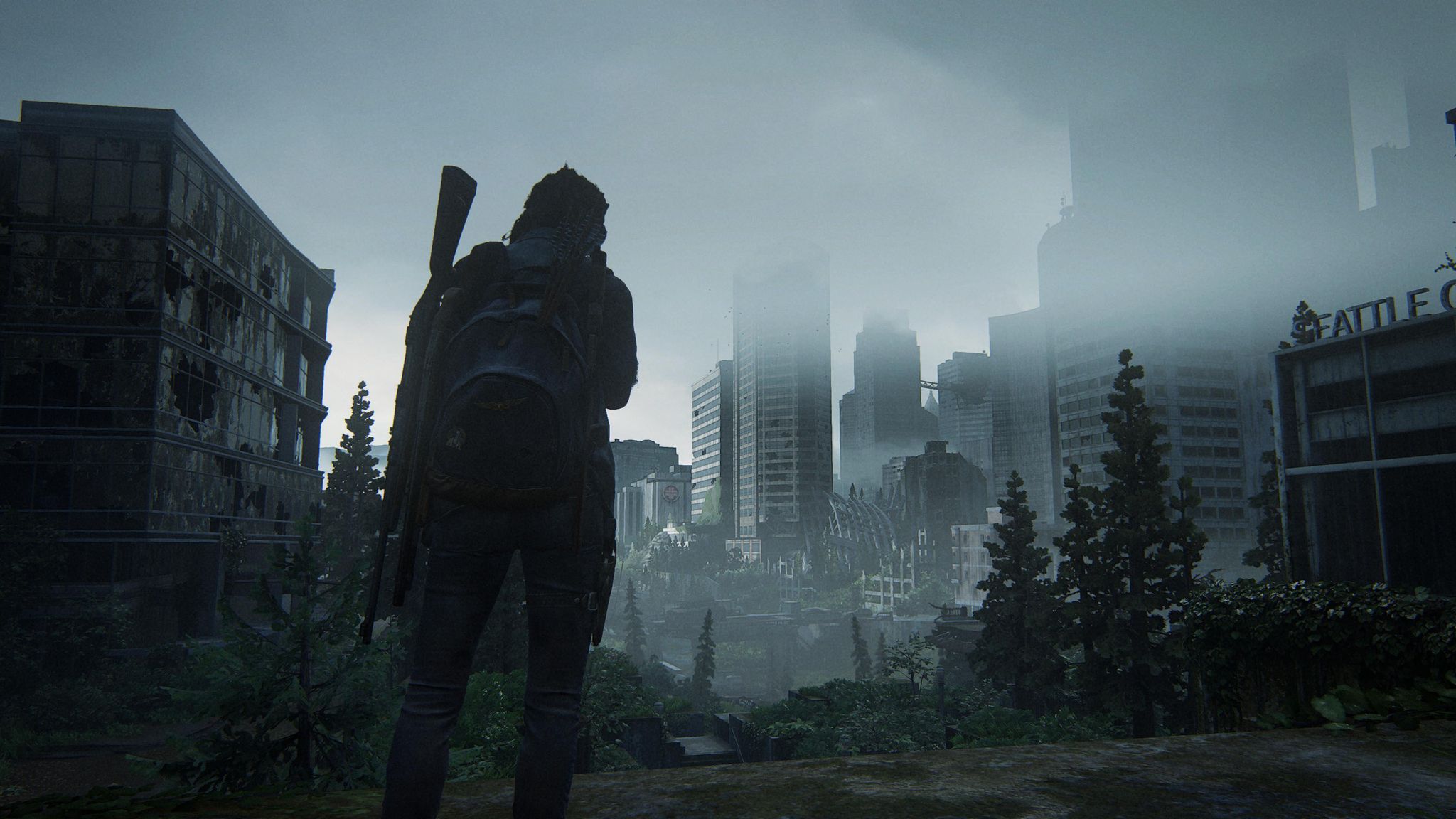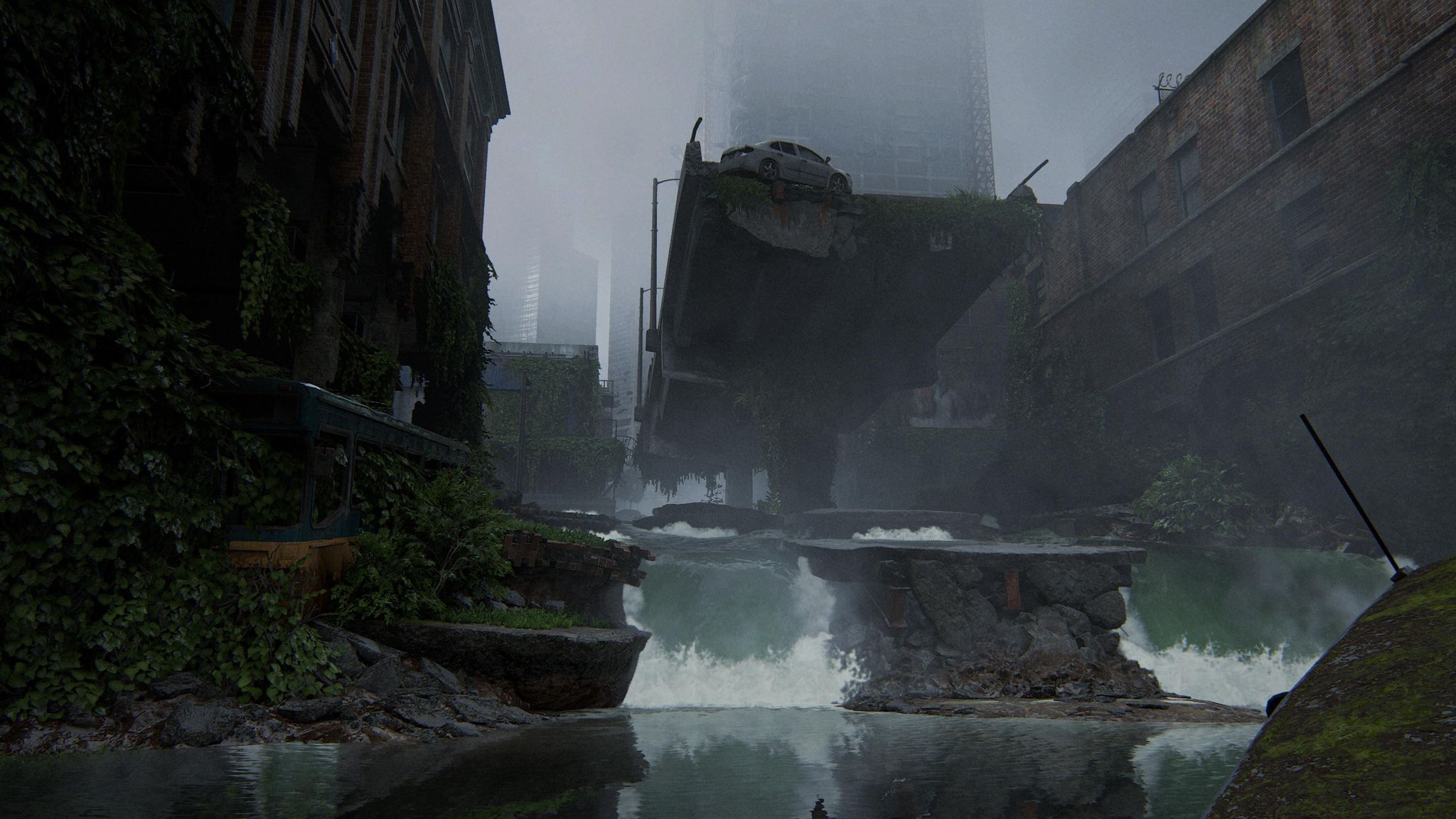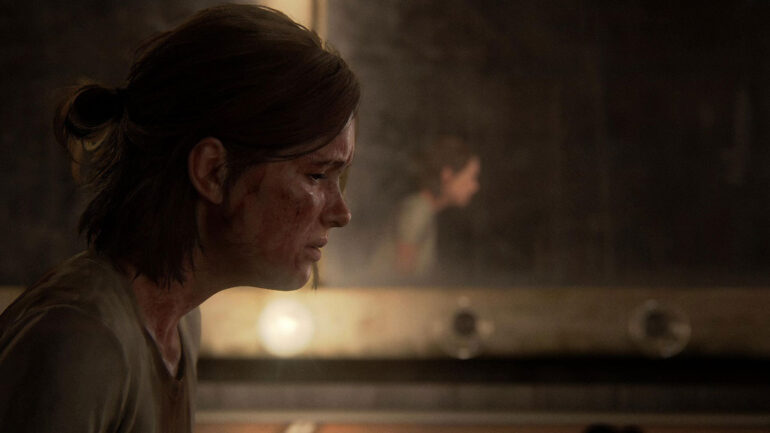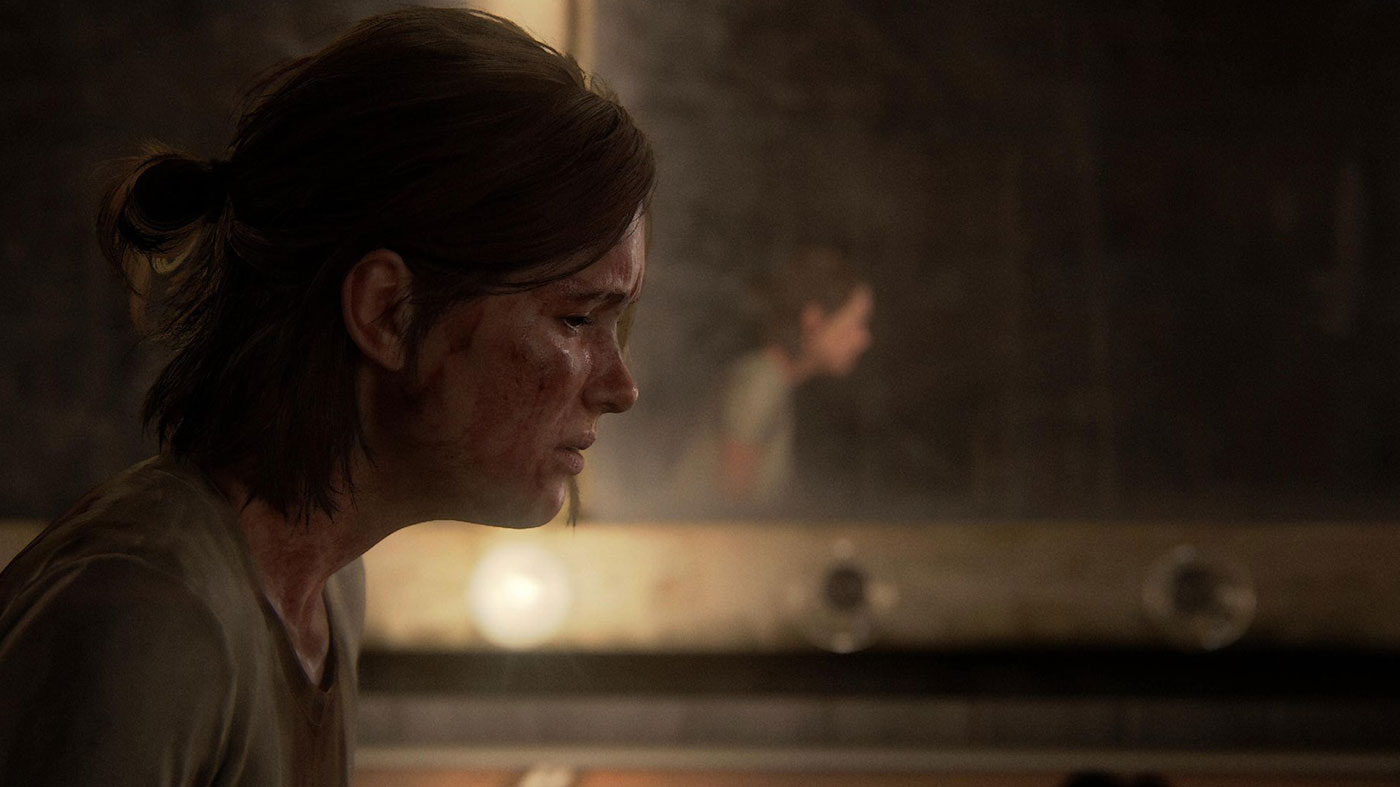The Last of Us Part II was a baffling beast of a video game when it launched just a few years ago. It was the recipient of critical acclaim, ridicule, and several polarising viewpoints that fell in a vast chasm between those two. It’s no secret that I loved the game, we scored it well and even opted to do a spoiler cast on the narrative which isn’t something we frequently do.
However, despite wanting to rave about and dissect the game in the weeks and months that followed, I wasn’t sure if I was ready to slog through the game again after just three years. It isn’t a bad game, though it demands an emotional tax that I wasn’t sure I’d be good for. That said, replaying The Last of Us Part II in its remastered form has done nothing but cement for me what a masterpiece it is. Its subversion of expectations, its grounded rules of cause and effect, and undeniably hefty character work all set the game on a level above most.

If you never experienced Part II at launch and your only exposure so far to The Last of Us is either the remake of Part I or HBO’s adapted television series, then picking this game up remains a no-brainer. If you’re one of the ten million to have already bought this game, however, it’s a slightly harder sell. Were it not for the fact there exists a generous upgrade path between versions, with this release being accompanied by cut level content and an entirely new roguelike mode, I’d find it hard to recommend Part II Remastered ahead of its pre-existing patch that brought its PlayStation 4 counterpart up to 60fps.
With all that said, it was much easier to enjoy my replay for Part II with all of the benefits of newer hardware. Things like unlocking the frame rate to get nearer to that upscaled 4K and 40 fps setting that has become the norm for other PlayStation first-parties is nice, however I felt the benefits of leaner loading times much more. Of course, there’s wonderful DualSense integration that serves up tensile response on Ellie’s bow, the traps she sets, and how taut her bandages are pulled. Even Shimmer’s gentle gallop through the early Seattle parts can be felt rhythmically in hand, and it all just serves the immersion of what is ultimately a harsh, unforgiving world.

Where the remaster’s value begins to shine through is when you uncover a lot of the behind-the-scenes extras. I’m a sucker for a commentary, regardless of how self-assured it can all sound after the fact, as it offers up fascinating insight into development and managing expectations. Similarly, the ‘Lost Levels,’ which give us looks at three cut stages at varying degrees of completion, are a rare glimpse behind the curtain and feel like unprecedented access for a game of this profile. I can certainly see why the levels were left on the cutting room floor, it’s just interesting to see the processes of creation and iteration on full display.
The main draw for many returning players will be the game’s No Return mode. Although it doesn’t have the narrative allure of God of War Ragnarok’s Valhalla roguelike that launched recently, it remains a pretty engrossing showcase of the game’s visceral and confronting combat. Even though stealth is a big part of The Last of Us, I am a bit of a run-and-gun player and, as such, don’t think the slow approach translates quite as well to No Return and it felt more fulfilling when opting for a more seek and destroy tactic. That said, having mods that buff and debuff areas of your character’s output keeps it a level playing field, regardless of the setting you play on.

It’s kind of strange to enjoy a mode like this so shortly after the franchise’s live-service multiplayer game got put on ice. Especially when No Return, with a bit of building out, could have filled that void easily. There’s enough framework here to imagine something more robust, with creative objectives, raid-like dungeons, and cooperative play.
But I can’t criticise the mode on what it could be. No Return, as it is, is an enjoyable distraction from the game’s enormous campaign that serviceably showcases all of the game’s gritty action. Being able to explore combat as the game’s other characters, like Lev and Dina who weren’t previously playable, is cool as they’ve all got their strengths and weaknesses. Take Abby for example, she’s an absolute brick shithouse in the campaign and that’s no different here as her brutal hand-to-hand output makes short work of most. Plus it’s fun taking on the game’s many factions in so many new contexts. And with things like competitive daily runs and fun outfits to unlock, there’s enough reason to return for at least the time being. Whether the allure remains once the well of unlockable content dries right up remains to be seen.

I guess the beauty is that even without No Return and all of this extra content, The Last of Us Part II is still a phenomenal title that warrants playing if you haven’t already. However, if you’ve already clocked it once, the generous upgrade path still makes this package a no-brainer as Naughty Dog continues to celebrate the history and myth of these tentpole launches that have made them one of PlayStation’s lynchpin studios.
I originally scored The Last of Us Part II as a 9.5/10 when it launched for the PlayStation 4 stating:
“Though it’s destined to displease those who built Ellie and Joel up as infallible, as an observation of impermanence, tribalism, and the terrible cycle of violence that exists at the centre of what’s left of the human experience in this world. The Last of Us Part II is a spectacular sequel, it’s a brave and unexpected direction for the series, expanding on the world both narratively and mechanically, producing a far sounder and rounded experience that never falters or gets in the way of the game’s clear storytelling strength.”
To read the full original review, click HERE.




